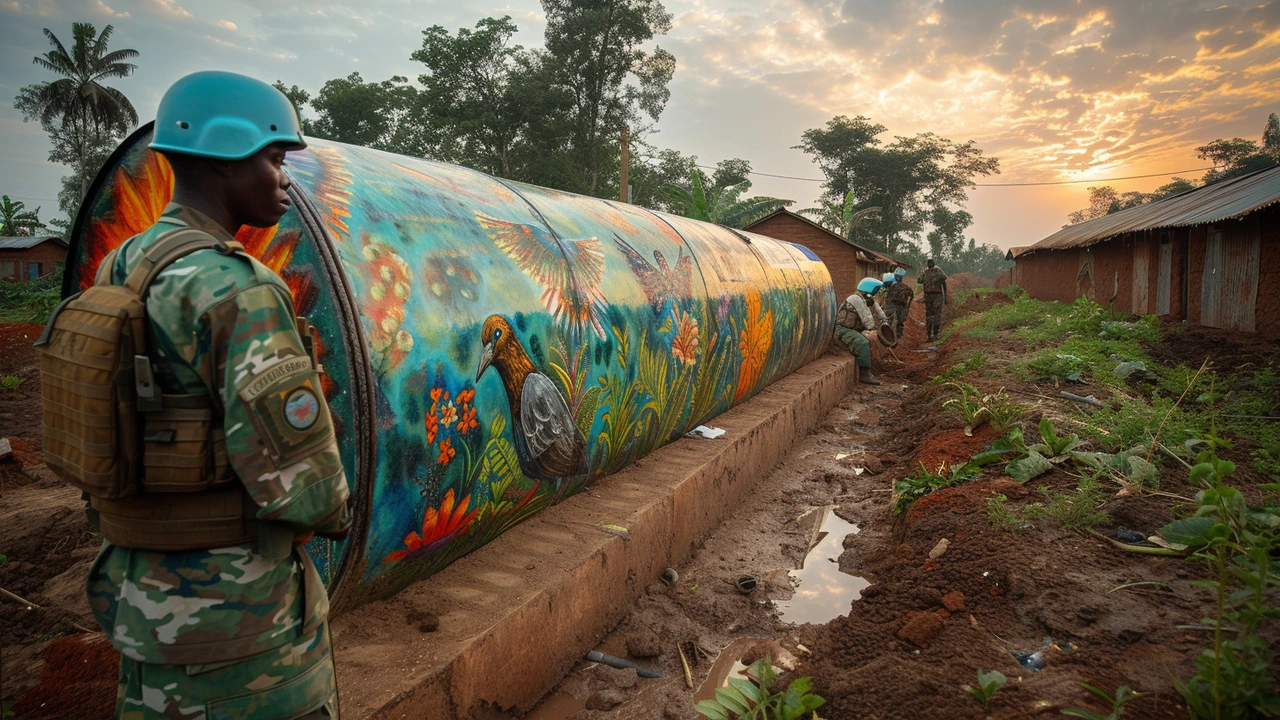Want to understand what actually works in peacebuilding? Start here. This page collects short guides, mission reports, and first-hand stories that show how peacekeeping shifts from stopping violence to rebuilding lives. You’ll find concrete examples, clear strategies, and things you can read or share right away.
Peacebuilding isn’t just soldiers in blue helmets. It’s a mix of protecting civilians, rebuilding infrastructure, supporting local courts, training police, and helping communities talk again. Think of it as fixing a broken neighborhood after a storm: you clear debris, repair homes, set up markets, and help people sit at the same table. Each action reduces the chance that violence returns.
Here are real actions peacebuilders use: negotiation support between rival groups, mine clearance, school rebuilding, job programs for youth, and training local mediators. Technology helps too — from mapping conflict hotspots to secure messaging for community leaders. The trick is matching tools to local needs, not forcing one-size-fits-all plans.
Success looks different depending on context. In some places, it’s restoring basic services. In others, it’s a peace agreement that holds. You’ll see both kinds of stories here: long reads about mission strategy and short profiles of local peacebuilders making a daily difference.
Focus on protection: keeping civilians safe is the first step. Without security, schools and clinics can’t open, and trust can’t grow. That’s why many missions prioritize patrols, safe zones, and early warning systems.
Build local ownership: programs that involve community leaders, women’s groups, and youth work better. When locals set priorities — like repairing a water pump or mediating a clan dispute — results last longer.
Support justice and reconciliation: courts, truth commissions, and local dispute panels help people feel heard. That reduces revenge cycles. Practical support means training judges, funding legal aid, and protecting witnesses.
Invest in livelihoods: jobs and small businesses reduce the pull of armed groups. Microgrants, vocational training, and linking farmers to markets are common, concrete steps you’ll read about in our posts.
Measure impact: good peacebuilding tracks results. Simple indicators — number of safe schools reopened, incidents of violence, or percent of disputes settled locally — tell you if a program is working.
Want to learn more? Browse the linked articles here for mission snapshots, personal accounts from peacekeepers, and practical toolkits for communities. If you’re a student, activist, or practitioner, these pieces will give you clear, usable insights instead of vague theory.
Have a question or a story to share? Reach out through our contact page and let us know what topics you want covered next.

As a passionate advocate for peace, I'm here today to shed light on peacekeeping as a pathway to building sustainable peace. Through this intriguing topic, we'll explore how peacekeeping efforts aid in conflict resolution and foster long-lasting harmony in troubled regions. Furthermore, we'll delve into the techniques and strategies used in peacekeeping and their impact on sustainability. I believe that understanding these dynamics of peace propagation can help us contribute to creating a peaceful world. So, let's take this enlightening journey together.
